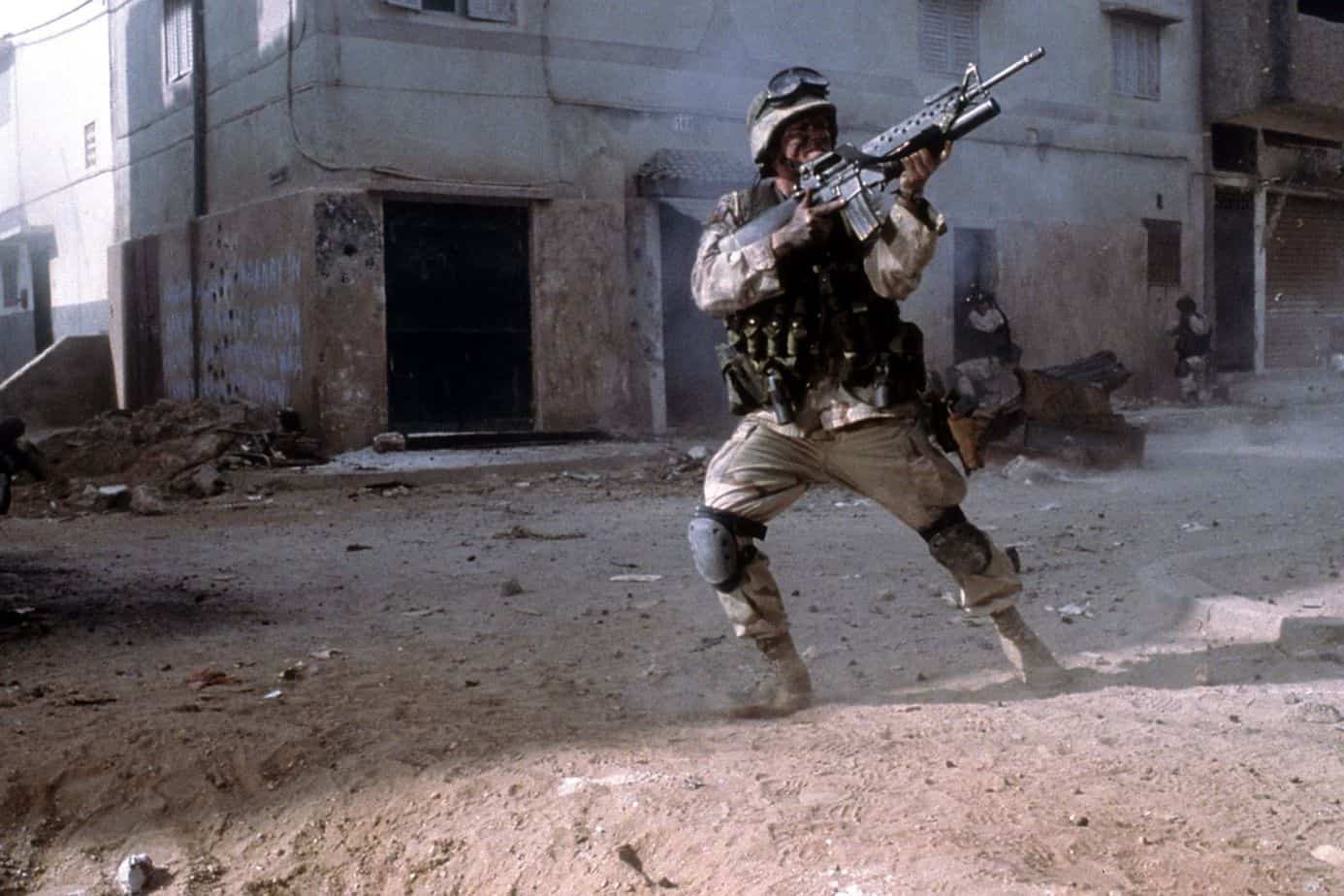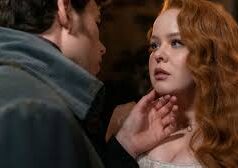On the 2013 Brad Pitt-starring World War II tank epic Fury, the breakthrough came in a storm of gunfire. Onscreen portrayal of tracer fire, those illuminating rounds that allow soldiers visually follow the course of ammunition in battle, has preoccupied writer-director David Ayer, whose artillery-heavy oeuvre includes Suicide Squad, End of Watch, and Netflix’s Bright. However, due to the numerous safety hazards, expensive expenses, and production challenges connected with blocking dozens of shots with live rounds, recording a real tracer shoot-out was all but impossible. “He understood that when the Germans fired this type of gun, every sixth round was green, and when the Americans fired that type of gun, every fifth bullet was red,” says Fury’s visual-effects artist, Beau Janzen. “He aspired to bring this degree of precision to everything.”
The method proved to be as cost-effective as it was risk-reducing. Effects technicians used compositing software to not only convincingly simulate the travel of glowing rounds but also add muzzle flash and shell ejection to prop gunshots during postproduction, greatly reducing both the cost of filming the scene and the dangers faced by actors, stunt performers, and crew members while filming it. Laser-like zips of gunfire bounce convincingly off tanks and past troops’ heads in the resulting scenario. “Visual effects aren’t simply for creating a great illusion; they can also be used to make things safer,” Janzen explains. “It makes you wonder how many decisions filmmakers make these days because “that’s kind of how we always done it,” rather than “Here are new possibilities and newer, better, safer ways to accomplish things.”
Such considerations have taken on a new urgency in the weeks since cinematographer Halyna Hutchins was murdered and director Joel Souza was wounded in a live-gun tragedy on the set of the indie Western Rust. “Every film/TV set that involves firearms, fake or otherwise, should have a police officer on site, employed by the production, to explicitly supervise weapons safety,” Alec Baldwin, Rust’s star-producer who discharged the Colt.45 investigators now think was loaded with a live cartridge, tweeted.
Lena Dunham, Anna Paquin, Sarah Paulson, and Olivia Wilde are among the celebrities who have signed an internet petition banning the use of actual guns on set, which has garnered over 115,000 signatures. In an era of computer sophistication, director Craig Zobel tweeted that employing actual weapons was a “unnecessary danger,” and a group of notable cinematographers wrote an open letter calling on union leadership, producers, and lawmakers to “BAN all FUNCTIONAL FIREARMS on set.” Dwayne Johnson, Hollywood’s top action star, said earlier this month that his business, Seven Bucks Productions, will never longer use live guns in any of its productions.







